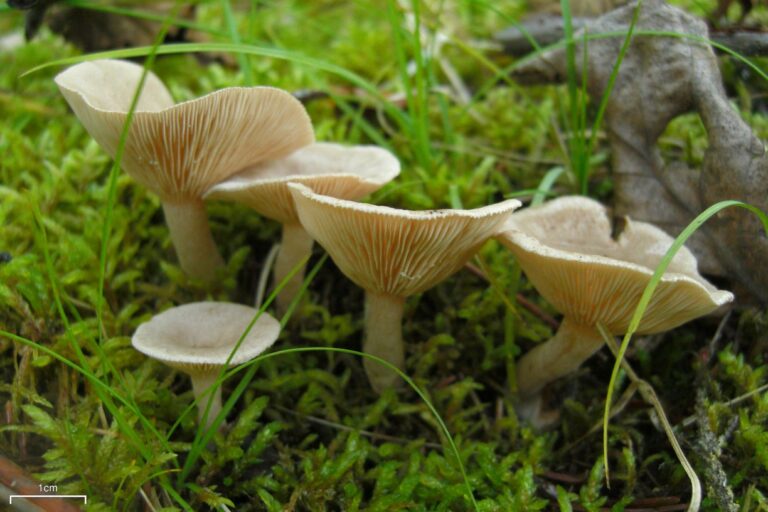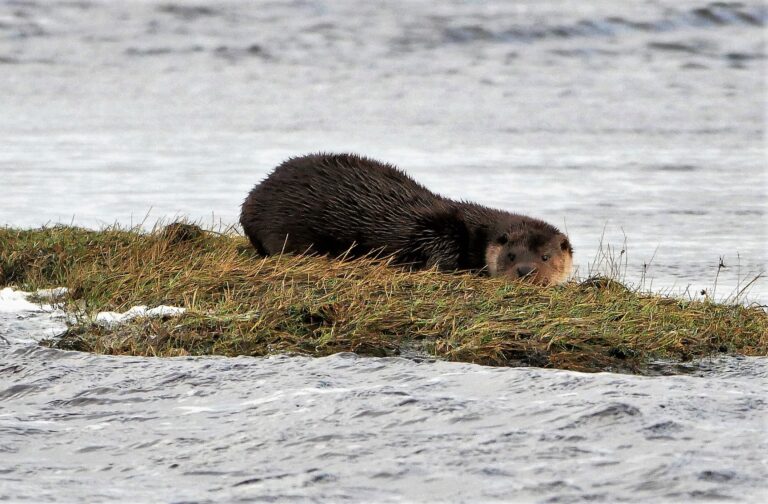By Stephen Kirkup
What is a stonefly?
Plecoptera is an order of insects, commonly known as stoneflies. Worldwide there are around 3,500 species. They are found in all regions except Antarctica. They are one of the most primitive groups of Neoptera, with close relatives identified from the Carboniferous and Lower Permian geological periods.
The populations in the Southern and Northern Hemispheres are quite distinct, although the evolutionary evidence suggests species may have crossed the equator on a number of occasions before once again becoming geographically isolated.
All species of Plecoptera are intolerant of water pollution, and their presence in a stream or still water is usually an indicator of good or excellent water quality.
Description
Stoneflies have a generalized anatomy, with few specialized features compared to other insects. They have simple mouthparts with chewing mandibles, long, multiple-segmented antennae, large compound eyes, and two or three ocelli (simple light detecting organs). The legs are robust, with each ending in two claws. The abdomen is relatively soft, and may include remnants of the nymphal gills even in the adult. Both nymphs and adults have long, paired cerci projecting from the tip of their abdomens.
The drawing on the right show a typical terrestrial adult stage at the top with the aquatic nymph (naiad) stage below.
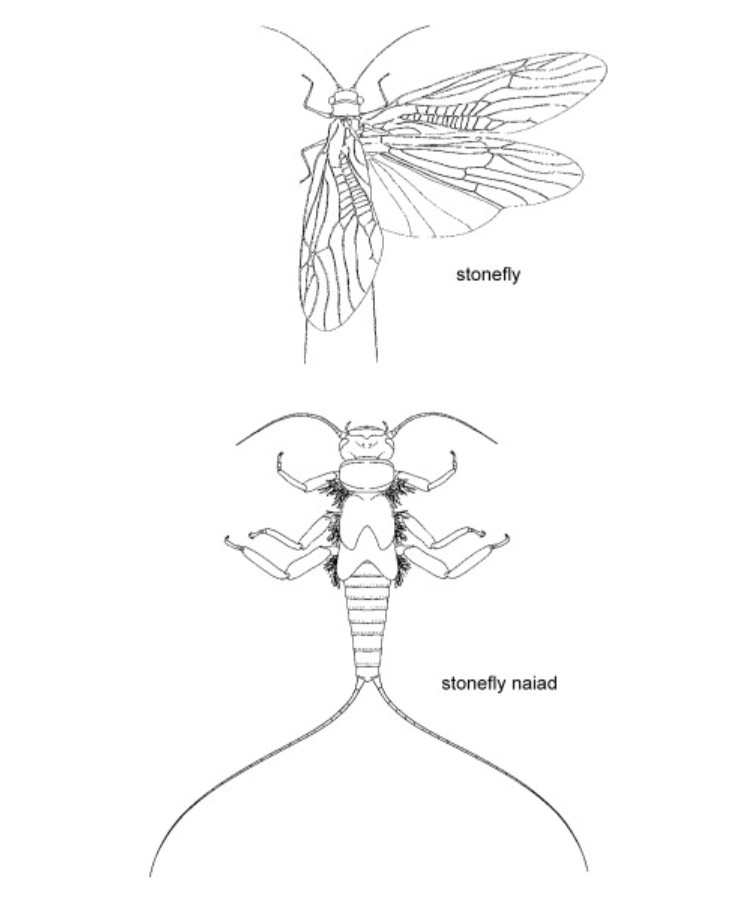
The name “Plecoptera” literally means “braided-wings” and refers to the complex venation of their two pairs of wings, which are membranous and fold flat over their back. Stoneflies are generally not strong fliers, and some species are entirely wingless.
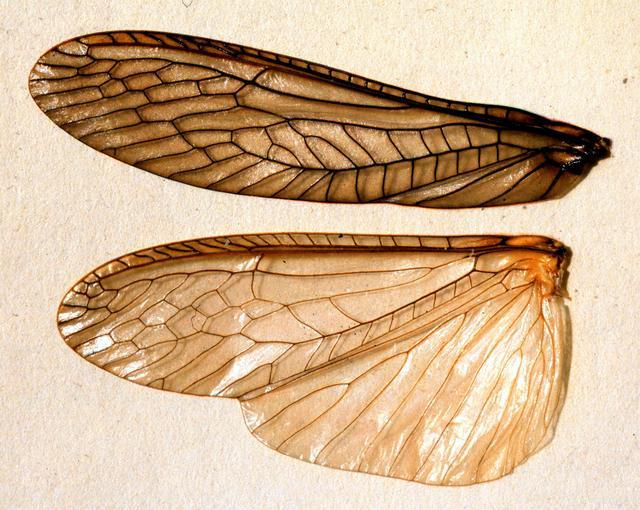
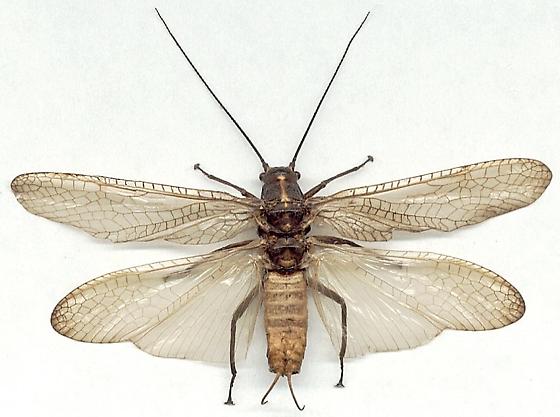
Life cycle
The nymphs are aquatic and live in well-oxygenated lakes and streams. The nymphs physically resemble wingless adults, but often have external gills, which may be present on almost any part of the body. Nymphs can acquire oxygen via diffusing through the exoskeleton, or through gills located behind the head, on the thorax, or around the anus. Due to their nymph’s requirement for well oxygenated water, the species is very sensitive to water pollution, making them important indicators for water quality. Most species are herbivorous as nymphs, feeding on submerged leaves and algae, but many are hunters of other aquatic arthropods.
Stonefly adults communicate by drumming their abdomen on the branch or ground. The males call the females, who often respond with their own drumming. The pair sing or drum for a while in a duet that often ends in mating. The female may lay her eggs right away or live for a while in the riparian zone and lay her eggs later. The female can lay up to one thousand eggs, she will fly over the water and drop the eggs in the water. She also may hang on a rock or branch. Eggs are covered in a sticky coating which allows them to adhere to rocks without being swept away by swift currents. The eggs typically take two to three weeks to hatch.
Stoneflies in the UK.
Stoneflies are often overlooked inhabitants of freshwater; however, they are a fascinating group of insects. Whilst some species are more at home in ditches, ponds and marshes, they are predominately found in clean, cold, fast flowing streams, which makes them excellent indicators of pollution and climate change. The aquatic nymphs of some species can take over 3 years to develop and the adults range in size from around 5mm to over 30mm. Despite being largely inconspicuous, they are easy to study and with only 35 species in the UK they are a manageable group to learn.
The insects remain in the nymphal form for one to four years, depending on species, and undergo from 12 to 36 moults before emerging and moving onto land as adults. The adults generally only survive for a few weeks, and emerge only during specific times of the year when resources are optimal; they are not strong fliers and generally stay near the stream or lake they hatched from.
The Northern February Red stonefly (Brachytera putata).

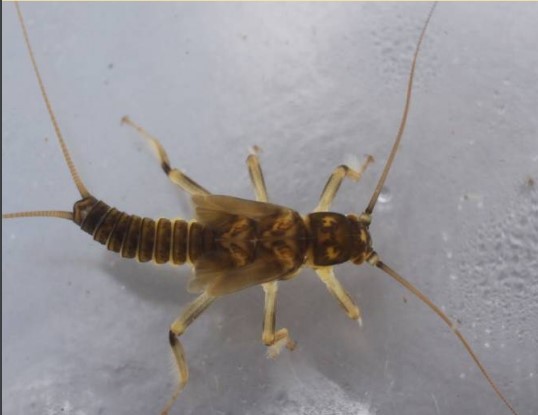
This is a rare stonefly found only in Britain and nowhere else in the world making it an endemic species. It was first found in the River Clyde, but now it mainly occurs in northern Scotland, particularly the north-east and the Highlands. Outside of Scotland, it has only been found in two other rivers, the Usk in Wales and the Wye near Hereford.
As described above, stoneflies generally like rivers with good water quality and the Northern February red is no exception, it also enjoys lots of winter sunshine, especially rivers that are in open heaths or upland pastures; the rivers of north Sutherland are therefore well suited to the species.
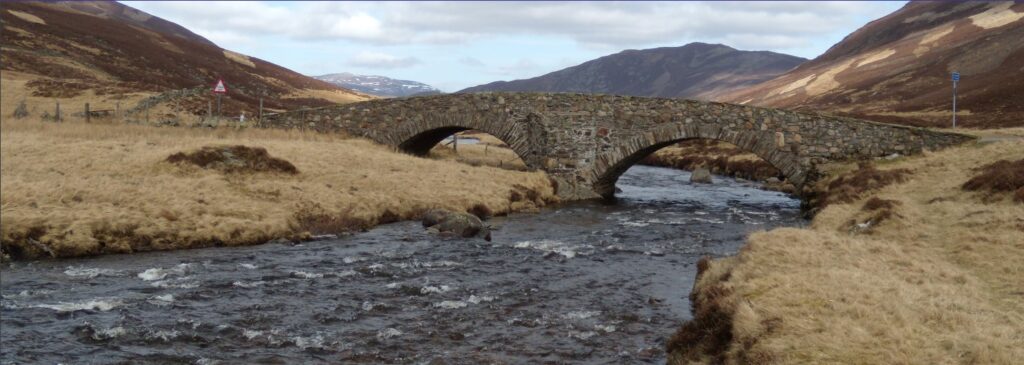
How best to see them. The adults can be seen emerging on riverbanks in sunshine, from February to April. They are often encountered basking in the sun on fenceposts, trees or stones alongside rivers. The males have short-wings making them poor at flying. However, females are much better at flying and can move back upstream to find a mate.
Nymphs are found among stones in rivers. Winter sunlight encourages the growth of different types of algae which is food for the larvae. They also need the high oxygen levels which are found in cold waters, this helps them to remain active and so the best time for them is during the winter months.
Helping the Northern February Red.
The Northern February red is a priority conservation species in the UK because it is both endemic and declining. Its decline is due to a number of different human-induced factors including acidification, chemical pollution and high levels of nutrients in water.
The last surveys for the Northern February red were undertaken in 2010. The charity, Buglife is currently running a citizen science survey to help find out what the current distribution of the species is. Members of the North Sutherland Wildlife Group can therefore help in this project. I find it every year near the River Borgie at Borgie Breco but it would be useful to get a better indication of its distribution along the other rivers in our area.
What to do. As we are in the prime area for Northern February red stonefly, all rivers could potentially support a population. The earliest they have been seen is the 27th January but they mainly emerge between mid-February and mid-March. On sunny days the adults emerge to ‘sunbathe’, especially on fence posts close to rivers. For example, the fenceposts along the river path at Borgie Breco woods is a prime sighting area each year. They like an open aspect. Here’s a video on what to look for, it concentrates on a project in the Cairngorms but gives good ID guidelines.
If unsure, you don’t need to make the identification yourself. Simply take a clear photo from above the insect and post it up on our Facebook page or send to Buglife along with the grid reference and date.
During February and March, when walking in any suitable habitat in our area, please look out for this species on riverside rocks, tree trunks, fence posts etc. This rare endemic stonefly is a species we can all help protect by recording its distribution.
Article by Stephen Kirkup.




